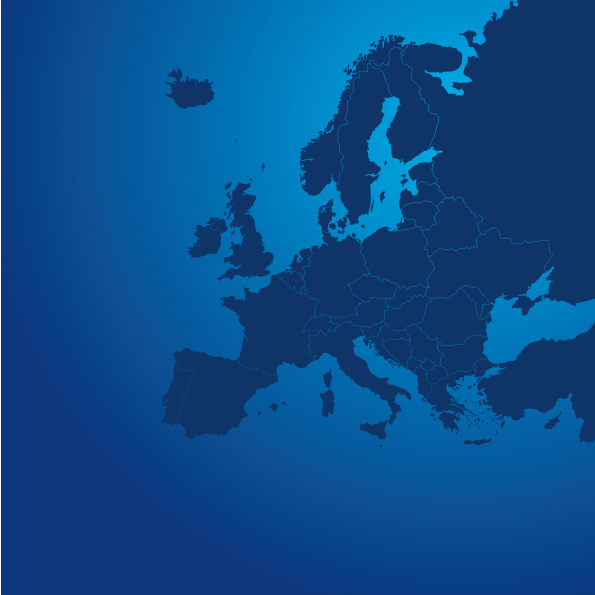Eastern Europe funds falter despite economic growth

Fund flows into Eastern Europe were negative in July, extending the trend for emerging Asia and Latin America to be the main focus for non-resident emerging market (EM) investors. Europe’s former communist countries offer steady economic growth, robust currencies, relatively cheap stocks and decent bond yields – but few fund managers seem impressed.
“Eastern Europe is an area that has been out of favour for several years,” says Chris Colunga, co-manager of BlackRock’s Emerging Europe Investment Trust, citing sanctions against Russia, political unrest in Turkey and a change of government in Poland.
EM equity markets received non-resident portfolio inflows of about $14.6bn in July, while an estimated $10.2bn went into EM debt, according to the Institute for International Finance (IIF).
EM Asia and Latin America attracted inflows of $19.1bn and $8.7bn respectively, while EM Europe and Africa and the Middle East suffered modest outflows.
Uncertainty ahead of Britain’s referendum on leaving the EU probably caused fund flows into Eastern Europe to slow or reverse this year, says Ugras Ulku, IIF senior economist for emerging Europe. Expectations that the Brexit vote will dampen demand for Eastern European exports is likely to keep fund flows lackluster, he adds.
The fund flow trend is less concerning to Central and Eastern Europe’s EU members. These will receive EU-targeted fund flows worth about 3% of their GDP for the next five to seven years, giving them greater stability and less reliance on other fund flows, says Zoltan Arokszallasi, a senior analyst for emerging Europe at Austria’s Erste Group.
Eastern European currencies have been relatively stable over the past two years, whereas many emerging market currencies have fallen 30-50% versus the dollar and could face further weakness if the US Federal Reserve hikes interest rates.
“The greatest opportunities usually occur in the overlooked, out of favour areas. For those willing to look beyond the headlines, Eastern Europe has much to offer,” says Colunga. Cheap stock markets are one such attraction; MSCI’s Emerging Maarkets Europe Index had a price-to-earnings ratio of 10.53 at the end of June, compared with the global EM equivalent at 13.80 and MSCI World at 19.21.
“Free cash flows are improving substantially, supporting dividend yields. Companies are being smart about their capex now,” says Colunga. This is bringing greater returns to investors and fund flows into Eastern European equities and debt will increase over the next 12 months, he predicts.
Eastern Europe 10-year bond yields vary, from Poland’s 2.72% to Hungary 2.88% and Romania’s 2.98%. Those are higher than the likes of Taiwan’s 0.67% and Thailand’s 1.98%, but are dwarfed by Russia’s 8.4% and Turkey’s 9.6%.
Diversity is strength
“In Eastern Europe we have a wide, diverse pool of investments from which we can draw to take advantage of the current market opportunities,” says Colunga. “The best time to buy emerging markets is when currencies are weak, markets are cheap and GDP growth is depressed. These conditions exist now. Flexible exchange rates have allowed Eastern European economies to respond to global conditions and ensure their economies remain competitive. The governments are focused on lifting GDP growth and yet the stocks do not reflect these realities.”
He cites data showing Turkey’s stock market and currency are trading close to their cheapest ever levels historically even though the country offers a large, young population and low-cost, increasingly skilled labour force on the EU’s doorstep. New capital market instruments are emerging onto the scene. “This year also marks the first ever green bonds transaction in the region with a Turkish bank, TSKB, to attract institutional investors to finance a portfolio of green projects in all industries,” says Tomasz Telma, director of Eastern Europe and Central Asia at the International Finance Corporation.
Russia is also being overlooked after the oil price crash and sanctions ravaged its economy. Yet inflation is in retreat, lending rates are down, real wage growth is again positive and its real yield is among the highest in emerging markets.
Erste Group forecasts that Central and Eastern European economies will expand roughly 3% versus a 1.3% increase in the EU. “Eastern Europe offers higher growth than EU,” says Erste’s Arokszallasi. “It’s also less risky than other emerging markets.”
Found this useful?
Take a complimentary trial of the FOW Marketing Intelligence Platform – the comprehensive source of news and analysis across the buy- and sell- side.
Gain access to:
- A single source of in-depth news, insight and analysis across Asset Management, Securities Finance, Custody, Fund Services and Derivatives
- Our interactive database, optimized to enable you to summarise data and build graphs outlining market activity
- Exclusive whitepapers, supplements and industry analysis curated and published by Futures & Options World
- Breaking news, daily and weekly alerts on the markets most relevant to you


